Introduction
CanAlaska has acquired eight properties in the Thompson Nickel Belt (TNB): Strong, Hunter, Wilson, Strong Extension and North Moak in the North of the Belt and Manibridge, Resting and Halfway in the South of the Belt (Figure 1).
The TNB is the host of over 18 nickel deposits, and with production of 6 billion lbs of nickel since 1961 is the fifth largest nickel mining camp in the world. The nickel deposits are hosted in the Ospwagan Group, a sulphide-rich metasedimentary package intruded by ultramafic sills. The nickel deposits are located within the ultramafic sills or in the metasediments proximal to the sills.
The geology of the TNB and the location of the main nickel deposits in the North and in the South are shown in figures 2 and 3. The TNB continues under Paleozoic cover south of figure 3 for a distance of over 100km.
The stratigraphy of the Ospwagan Group (figure 4) is an important tool in exploration in the TNB. The main unit of interest is the Pipe Formation, the lower part of which is rich in sulphides, and host to most of the ultramafic sills and nickel deposits.
The present model of the formation of a Thompson-style nickel deposit is shown in figure 5, from the intrusion of the ultramafic sills into the Ospwagan Group sediments and the assimilation of sulphides from the Pipe Formation, through the various stages of deformation and erosion to the present land surface. It also shows the variations in nickel tenor with the type of deposits from 4% to 14%, from ultramafic-hosted to sediment-hosted. This nickel tenor range applies to the deposits around the Thompson deposits. In the South of the Belt ultramafic hosted deposits commonly show nickel tenors in the 20% to 30% range.

